Mathematical Aspects of Natural Dynamos
PREFACE FOUNDATIONS OF DYNAMO THEORY Introduction to Self-Excited Dynamo Action Governing equations Homogeneous dynamos Necessary conditions for dynamo action Steady and time-dependent velocities Two-scale dynamos Large magnetic Reynolds numbers Nonlinearities and Saturation General considerations Saturation of a dynamo generated by a periodic flow Saturation in the low Re limit in the vicinity of the dynamo threshold Saturation in the high Re limit in the vicinity of the dynamo threshold Effect of rotation Scaling laws in the limit of large Rm and Re Nonlinear effects in mean field dynamo theory Physically realistic Faraday-disc self-excited dynamos Dynamics of Rotating Fluids Boundary and shear layers in rotating flows Boundary and shear layers in rotating MHD flows Waves Convection in rotating spherical fluid shells NATURAL DYNAMOS AND MODELS The Geodynamo The Earth and its magnetic field Governing equations and parameters Fundamental theoretical results Parameter constraints Numerical models Turbulence in the Earth's core: the ends justify the means? Preliminary considerations on turbulence The traditional approach to turbulence The engineering approach to turbulence Where are we now, and the future Planetary Dynamos Observations of planetary magnetic fields Some outstanding problems in planetary dynamo theory Conditions needed for dynamo action in planets Energy sources for planetary dynamos Internal structure of the planets Dynamics of planetary interiors Numerical dynamo models for the planets Stellar Dynamos Stellar magnetic activity Linear a?-dynamos for the solar cycle Nonlinear quenching mechanisms Interface dynamos Modulation of cyclic activity Rapidly rotating stars The future Galactic Dynamos Introduction Interstellar medium in spiral galaxies Magnetic fields observed in galaxies The origin of galactic magnetic fields Observational evidence for the origin of galactic magnetic fields Elliptical galaxies Accretion discs Conclusions Survey of Experimental Results Introduction Description of the experiments What have we learned from the experimental approach? Conclusions Prospects Appendix A: Vectors and coordinates Appendix B: Poloidal-Toroidal decomposition Appendix C: Taylor's constraint Appendix D: Units Appendix E: Abbreviations References Reference Index Subject Index
{{comment.content}}
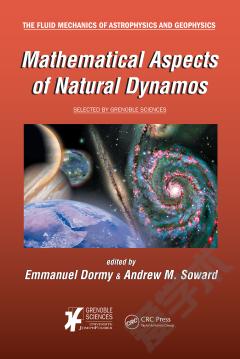
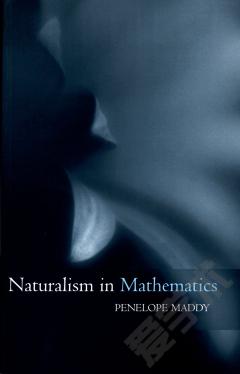
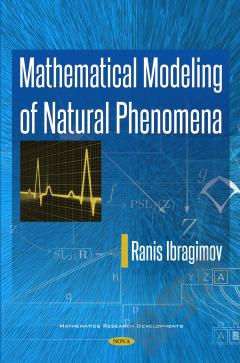

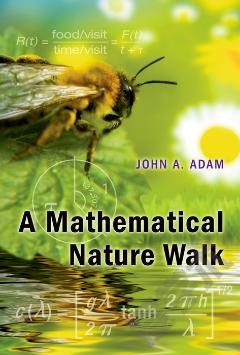
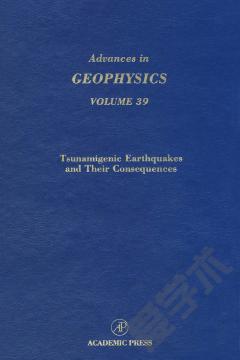
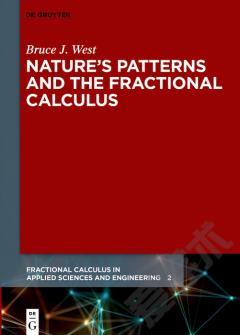

 京公网安备 11010802027623号
京公网安备 11010802027623号